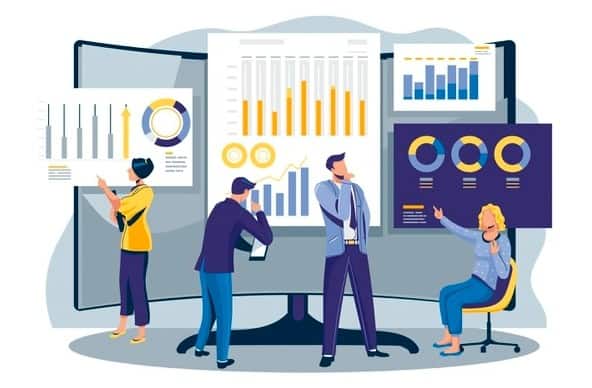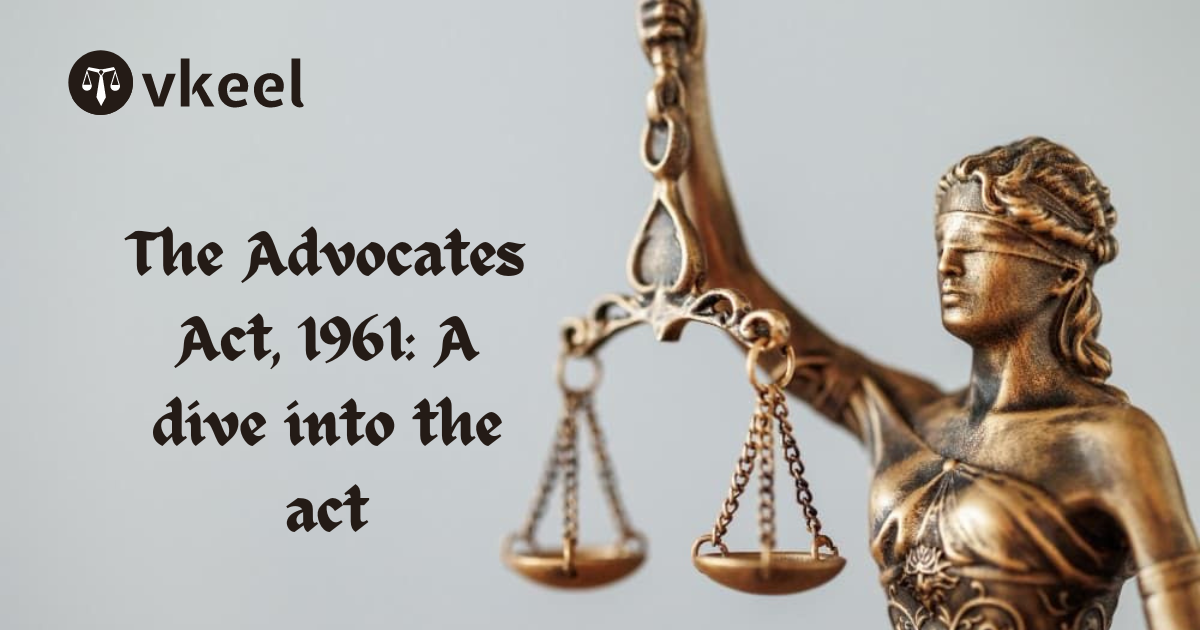MSME Debt Recovery Provisions
By Kishan Dutt Kalaskar
Micro, small and medium enterprises have always been one of the main growth engines of the Indian Economy. In recognition of their contributions, the Indian Government has formulated various incentive plans to strengthen and improve the competitiveness of the MSME sector. The Government promulgated the “Micro, Small and Medium Enterprises Act 2006.” This law gives MSME many exclusive rights so that it can further strengthen its economic activities.
Challenges Faced by MSME in the event of delayed payment
MSMEs around the world face limitations in maintaining combat readiness. Due to the lack of MSME capital, payment delays are a serious problem. A World Bank Group report released in January 2014 stated that 35 per cent or one in three MSMEs receive their payment only after 90 days or even more. While larger corporations are able to alleviate the adverse effects of delayed payment but managing the cash flows is a struggle for MSMEs because of the nature of their businesses. Furthermore, the consequence of delayed payments is that 15-20 per cent of an MSME’s cash flow remains locked up, which in turn affects the smooth running of the business. Here, manufacturers face the greatest difficulty in coping up since they need to invest in raw materials, manufacture goods, and then sell them to customers. Manufacturers, who have already invested substantially in buying the raw materials for production, eventually end up with a huge cash crunch because of the 90-day cycle for cash receivables and successive delays by their customers. They are even hampered by weak bargaining power as they are stuck between the corporate buyers and a highly networked raw material supplier base. Late payments have caused many MSMEs to become NPAs.
Consult with: Top Lawyers of India
SAMADAN Portal-Payment Monitoring System
On October 30, 2017, the Ministry of Small and Medium Enterprises launched electronic means to enable micro and small suppliers to submit online quotations of their goods and services to the potential buyers. But to be eligible to submit MSMED Samadhaan, MSME must be registered in the national Udyog Aadhaar portal. According to Article 16 of the “MSMED Act 2006”, if the buyer fails to make the payment to the seller, he shall be liable to pay the compound interest every month on that specific amount from the appointed date or as the case may be, three times the bank rate notified by the Reserve Bank. The Samadhaan portal provides information about the pending payments of micro and small businesses within its jurisdiction to the central public sector/central government, state government, etc., and further provides the necessary instructions to resolve these issues.
Section 20 of the MSMED Act describes the Micro and Small Business Promotion Committee (MSEFC). This section states that the state government will establish the required number of MSEFCs through notification to make MSEFC the competent authority. The implementation specified in Section 21 describes the structure of the MSEFC. Here, MSEFC shall consist of three to five members appointed by multiple categories, namely, industry directors or other officials not below the rank of designated directors, one or more officials, or representatives of MSMEs, one or more representatives of the banks and financial institutions that grant MSME loans, or one or more persons with professional knowledge in the field of finance, law, industry, trade or business conditions, MSEFC will provide instructions to the purchaser of the payment Period amount and interest. Section 18(5) of this Act requires the Council to adjudicate each reference within 90 days from the date of each reference.
Talk with: Best Lawyers of India
Section 19 provides an opportunity to file an appeal and states that the appellant (not the supplier) can file the appeal after depositing 75% of the award amount. If the appellant fails to pay the amount specified above, the decision or order of the Chamber or the Alternative Dispute Resolution Center will not be considered.
Steps involved in filing online application
STEP 1:
Micro and small businesses require to go to the web MSMED Samadhaan portal https://samadhaan.msme.gov.in/MyMsme/MSEFC/MSEFC_Welcome.aspx and click on “Case submitting for Entrepreneur / MSE units”. It redirects to the “Entrepreneur validation” web page.
STEP 2:
Once the Entrepreneur validation web page appears, the Udyog Aadhaar Number and the wide cellular variety registered on Udyog Aadhaar should be stuffed.
STEP 3:
After filling in the details mentioned above, the application for payment recovery has to be filed with the MSEFC. Here, the application has to be referred to the Council according to its jurisdiction. Important information such as the PAN or GSTIN number of the petitioner, the buyers’ information against whom the grievance is to be filled are necessities that would require strict adherence. Further, work orders and invoice details associated with the customer are required to be uploaded. A maximum of five work orders and five invoices per buyer can be uploaded. The next step would be entering the verification code as displayed on the screen and then validating the Udyog Aadhaar by clicking on the button to receive the OTP on the email registered during the Udyog Aadhaar registration.
Consult with: Top Lawyers of India
STEP 4:
In the very last step, the application is submitted post last review.
According to Section 18 of the Micro, Small and Medium Enterprises Development Act, 2006, as soon as the reference is received, a possibility for mutual agreement is granted through conciliation. The Council can either conduct conciliation itself or seek the help of any organization or centre dealing with trade dispute decision offerings. The provisions of sections 65 to 81 of the Arbitration and Conciliation Act, 1996 are applicable to such disputes.
On failure or termination of the conciliation with no settlement between the parties, the Council shall either itself take up the dispute for arbitration or refer to it any institution or centre that provides alternate dispute resolution services for such arbitration and then the provisions of the Arbitration and Conciliation Act, 1996 shall be applied to the dispute as if the arbitration was in pursuance of an arbitration agreement. MSEFC passes a very last and binding award. That award shall be communicated to the Interim Resolution Professional and Hon’ble National Company Law Tribunal (NCLT) in the course of the insolvency procedure. The execution of such an award is under the Arbitration and Conciliation Act, 1996.
If the customer stays unresponsive, then it will be deemed as an affirmation of its liability, and the customer’s offences will be attempted through the Metropolitan Magistrate or Magistrate of First Class or courts of better hierarchy.
Conclusion
MSMED Samadhaan portal is a powerful device to understand the outstanding dues since the aim of this portal is to empower micro and small entrepreneurs. Further, the portal promotes the tracking of delayed payments in an efficient aspect. Statistically, because of the commencement of e-medium in 2017, the number of cases filed in the MSEFC has been around 13190, out of which 3149 were disposed of, granting an amount of Rs. 598.90 Crore.
Talk with: Best Lawyers of India
The information on the portal is made available to the public, consequently exerting ethical obligation on the part of the defaulters to make sure the payment is made within a reasonable time. Thus, it can be said that this portal promotes the viability of micro and small businesses.
With recent developments in the MSME Act and the Insolvency and Bankruptcy Code that was introduced by the Government of India during the COVID 19 outbreak, the window to MSME’s future has been created towards the protection of the Economy of the country.
Disclaimer:
The information provided in the article is for general informational purposes only, and is not intended to constitute legal advice or to be relied upon as a substitute for legal advice. Furthermore, any information contained in the article is not guaranteed to be current, complete or accurate. If you require legal advice or representation, you should contact an attorney or law firm directly. We are not responsible for any damages resulting from any reliance on the content of this website.












